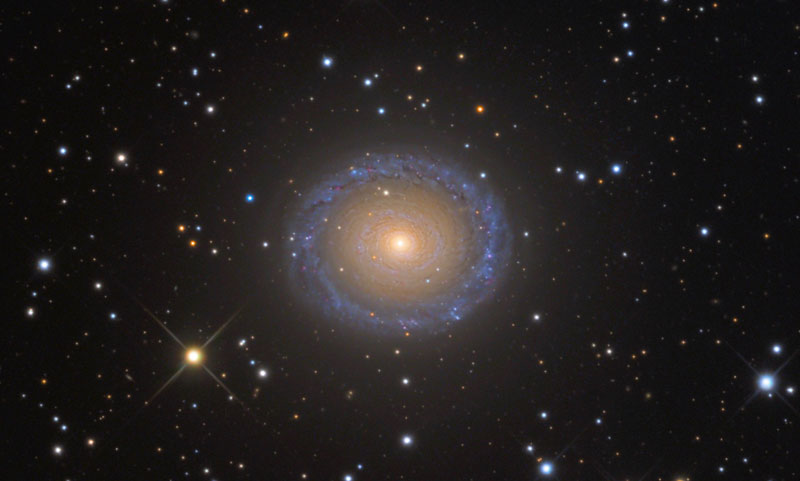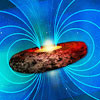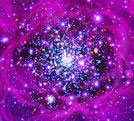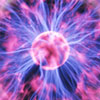Does Electricity Energize The Galaxies?
In the cosmos there are regions where stars range in thousand light-year lines. Elsewhere, rings of stars can be found, along with galaxies stretching in filaments for enormous distances.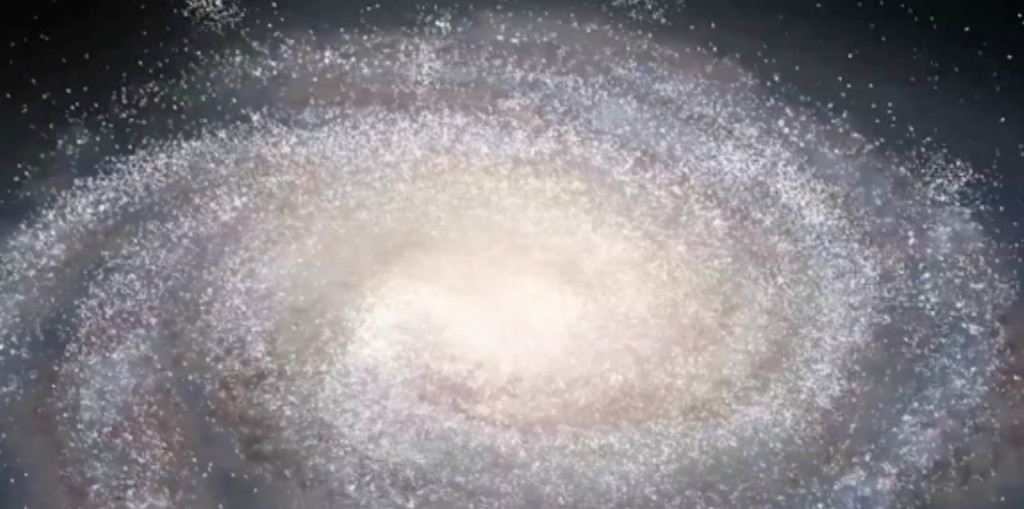 The Milky Way contains over 200 billion stars in its spiral arms and its nucleus. Recent observations from the Sloan Digital Sky Survey (SDSS) indicate that a torus of additional stars is surrounding it at a distance of 120,000 light-years. That vast halo could mean up to a trillion stars make up our galaxy. Most of the stars discovered by SDSS are invisible to visual platforms because they are in the same plane as the galaxy, itself. However, stars are detected using infrared and X-ray instruments that can “see through” the obscuring dust.
The Milky Way contains over 200 billion stars in its spiral arms and its nucleus. Recent observations from the Sloan Digital Sky Survey (SDSS) indicate that a torus of additional stars is surrounding it at a distance of 120,000 light-years. That vast halo could mean up to a trillion stars make up our galaxy. Most of the stars discovered by SDSS are invisible to visual platforms because they are in the same plane as the galaxy, itself. However, stars are detected using infrared and X-ray instruments that can “see through” the obscuring dust.
According to Heidi Jo Newberg, associate professor of physics and astronomy at Rensselaer Polytechnic Institute: “When we find large groups of stars formed into rings it’s an indication that at least part of our galaxy was formed by a lot of smaller or dwarf galaxies mixing together.”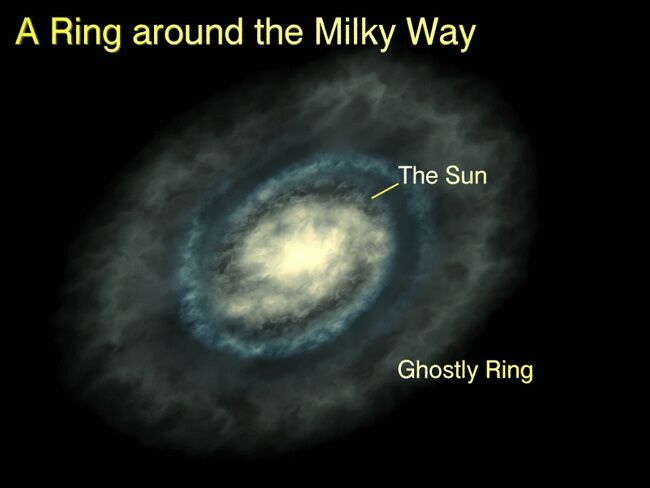 Her colleague, Brian Yanny of FermiLab wrote: “This ring of stars may be what’s left of a collision between our Milky Way and a smaller, dwarf galaxy that occurred billions of years ago.”
Her colleague, Brian Yanny of FermiLab wrote: “This ring of stars may be what’s left of a collision between our Milky Way and a smaller, dwarf galaxy that occurred billions of years ago.”
Their conclusions are that dark matter sustains the ring of stars around the Milky Way. By consensus definition, those 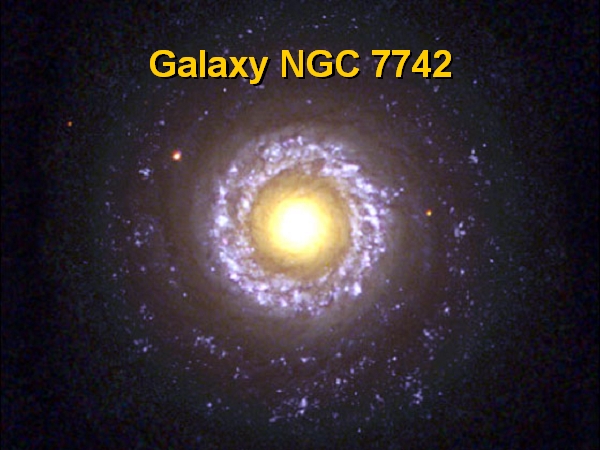 same forces are what cause the more dramatic structures like NGC7742 to appear – galactic collisions over billions of years moderated by gravity and unknown energies.
same forces are what cause the more dramatic structures like NGC7742 to appear – galactic collisions over billions of years moderated by gravity and unknown energies.
It is possible that haloes of stars are actually examples of a dense plasma focus penumbra, with NGC7742 being a dramatic example. Images taken from experiments using a “plasma gun” offer a direct analogue to the “pinch zones” surrounding the discharge from the galaxy.
In 1960, Hannes Alfvén published a paper in which he proposed a mechanism for the formation of structures in space that does not depend on gravity alone. He wrote:
“The earth, the sun and many stars possess general magnetic fields. It is possible that interstellar clouds are magnetized…This makes is 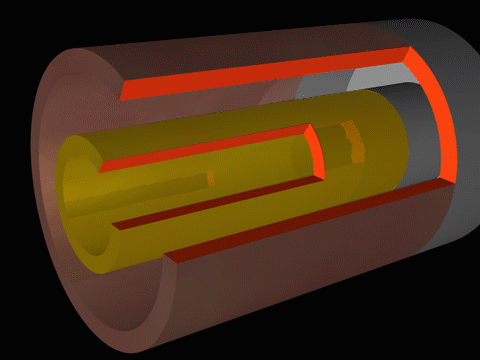 likely that there should be some very general process which produces magnetic fields in fluid bodies as different as the earth’s fluid interior, the stars, and interstellar matter. The energy required for magnetization can easily be drawn from the kinetic energy of internal motions, but the difficulty is to find a workable mechanism from the production of magnetic fields.” (Alfvén, H. “On the Origin of Cosmic Magnetic Fields”, Royal Institute of Stockholm, October 28, 1960).The dense plasma focus device, or “plasma gun”, is precisely the mechanism that can influence cosmic electric currents, thereby acting on the evolution and morphology of space structures, whether they are small moons or massive galaxies.
likely that there should be some very general process which produces magnetic fields in fluid bodies as different as the earth’s fluid interior, the stars, and interstellar matter. The energy required for magnetization can easily be drawn from the kinetic energy of internal motions, but the difficulty is to find a workable mechanism from the production of magnetic fields.” (Alfvén, H. “On the Origin of Cosmic Magnetic Fields”, Royal Institute of Stockholm, October 28, 1960).The dense plasma focus device, or “plasma gun”, is precisely the mechanism that can influence cosmic electric currents, thereby acting on the evolution and morphology of space structures, whether they are small moons or massive galaxies.
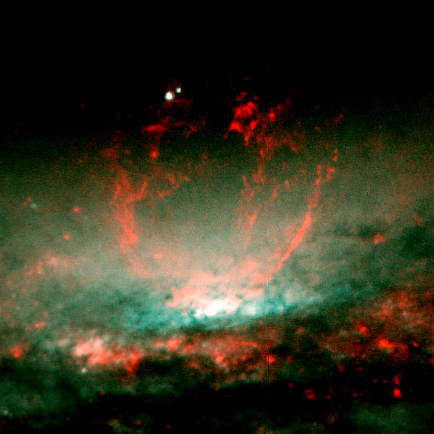
Birkeland current filaments are the “transmission lines” through which electricity is conducted in the Universe. As a previous Picture of the Day (see right) points out, helical strands from the core of NGC 3079 are an indication that electricity is discharging from its nucleus. The swirling toroids that constrain the “young” hot stars in the halo of NGC7742 are a red flag to Electric Universe theorists.
One of the signature phenomena in a dense plasma focus is helical strands of energy that surround a powerfully radiating arc-mode discharge and a dark-current torus. The strands are helical magnetic fields that confine electrified plasma and act like power lines in space – Birkeland current filaments, in other words. That phenomenon is easily seen in cosmic formations.
It may be that filamentary strands in the penumbral clouds of stars and nebulae are energized by the gun, as several other examples illustrate.
Posted in Science For The New Agewith comments disabled.

